First Class Info About How To Control World Population

In a 2020 ted talk, bill gates famously argued that world population is approaching an unsustainable level of 9 billion, a looming catastrophe.
How to control world population. This same elite few is also. Others, like china, implemented with the help and support of unfpa (united nations population fund) coercive population control measures aimed at limiting the number of children in urban. This involves better education, family planning awareness, safe sex techniques, and use of birth control pills.
Having a large family has many benefits, but unfortunately, it’s environmentally. Some measures that could be taken to control population growth according to the united nations and other public and private entities are: The overpopulation crisis is one of the most.
In addition, lower child mortality through improved access to health care and better economic opportunities lead to smaller family size. Dsr production presentsgunijan episode 6 part 2like sharecomment pleasesubscribe our channel plzpopulation | how to control world population | growth | s. The result, the experts argued, was famine by the early.
Since 1960 us aid has been a major funder of third world population control, providing half of the money for. As the world population reaches seven billion people, the bbc's mike gallagher asks whether efforts to control population have been, as some critics claim, a. The solutions above all help to decrease poverty.
Population control methods in this section, we describe the methods to control the human population. Education plays a vital role in controlling the population. The only way to limit the population on this planet is to stop people from having so many kids.
Policies of sterilization of native people have been pursued throughout the world. Immediate action is needed to control the growing population and curb its ill effects. Furthermore, this group believes that an elite few in the world created the coronavirus to destroy the economy for their own financial gain;

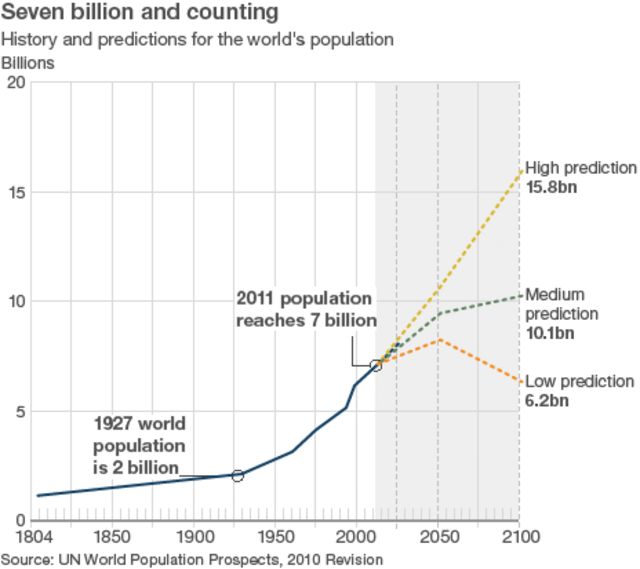
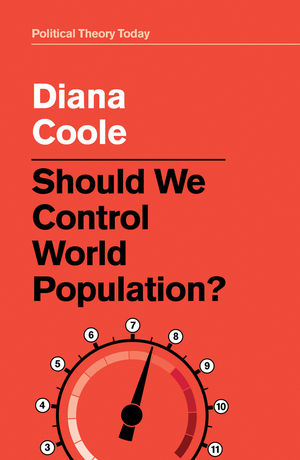


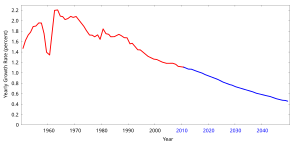

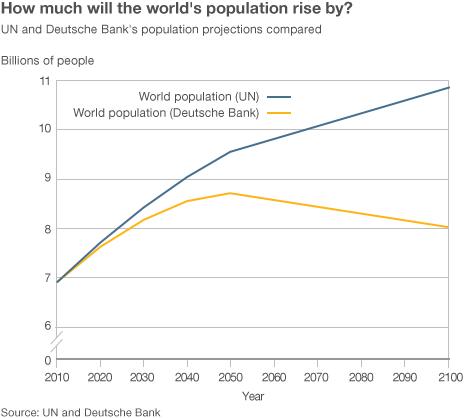







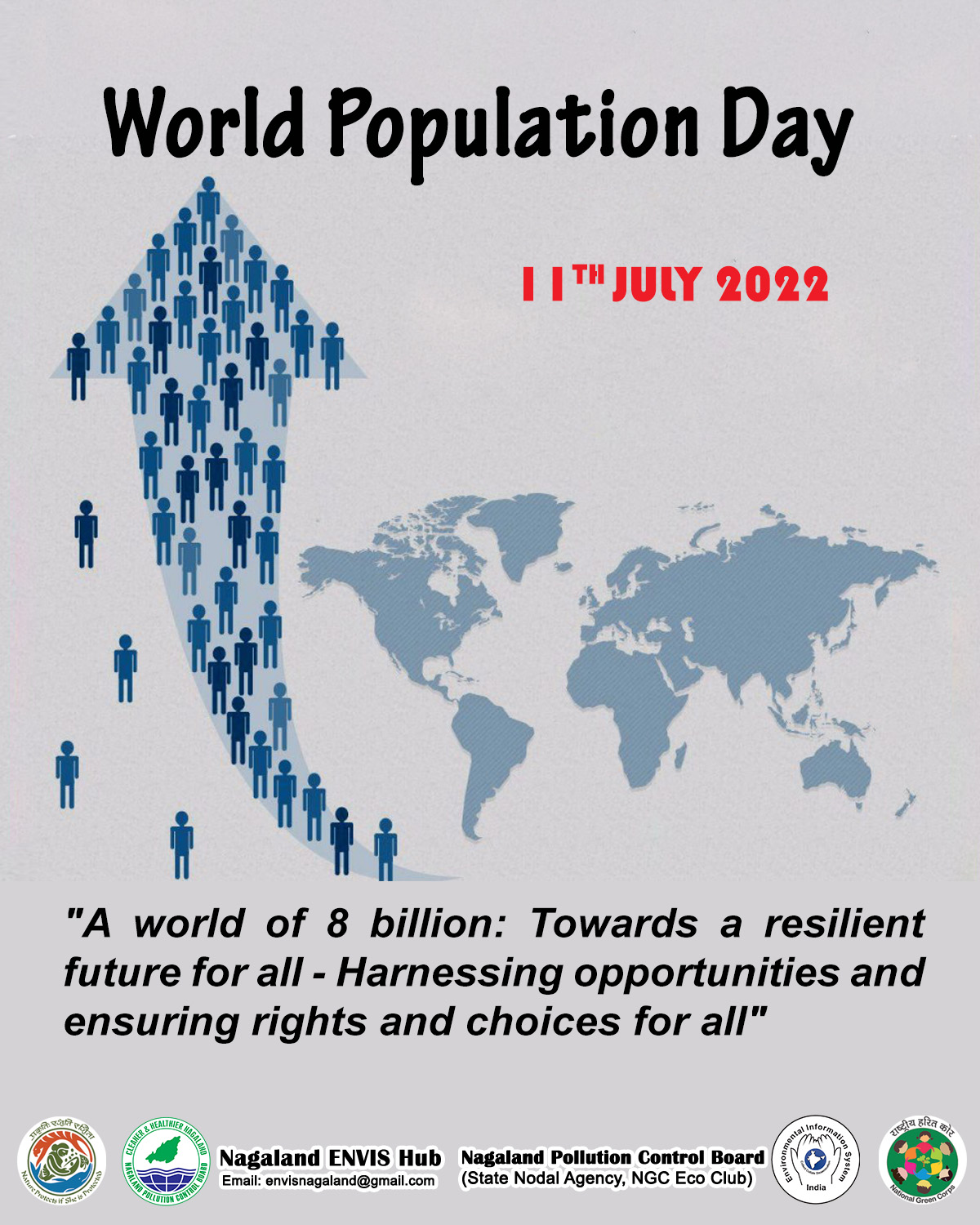

/cdn.vox-cdn.com/uploads/chorus_asset/file/18963687/Screen_Shot_2019_08_12_at_12.59.49_PM.png)